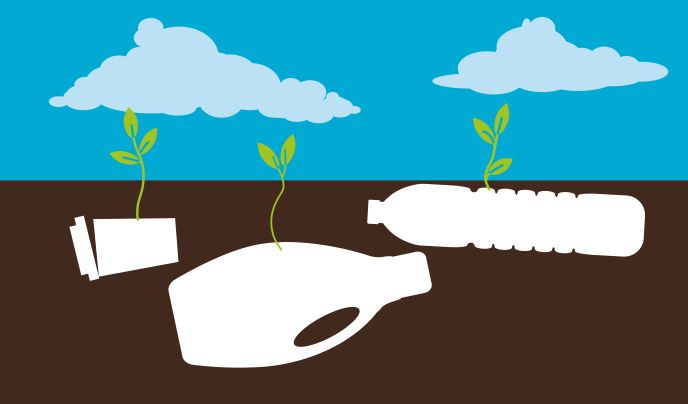Turning organic residues into nutrients for crops
Nitrogen, phosphorus and potassium are essential elements for plant growth. In agriculture, the delivery of these nutrients to the land is facilitated through fertilisers. However, over 60 % of all phosphorus and nitrogen used in fertilisers in the EU comes from respectively mineral sources or from processes that consume large amounts of fossil fuels such as natural gas.
Recovering nutrients from waste
Nutrients travel through the food chain and turn into biowaste – livestock manure, sewage sludge, and food and agriculture waste. Recent years have witnessed the development of multiple nutrient recovery and reuse (NRR) technologies at pilot scale. These technologies not only promote a circular economy but also overcome the adverse effects of nutrient accumulation in soil, air and water. The aim of the EU-funded SYSTEMIC(opens in new window) project was to select the most promising technologies and demonstrate how they can be implemented for the valorisation of biowaste into green energy and products at large scale. Five biogas plants in Belgium, Germany, Italy and the Netherlands served as the SYSTEMIC demonstration plants and introduced NRR technologies to treat over 80 000 tons of biomass into nutrients. Nutrients were incorporated into different types of final products(opens in new window), such as organic fertilisers, soil improvers, and organic fibres. “One of the most significant achievements of the SYSTEMIC project was the knowledge exchange between the nutrient recovery biogas plants and other biogas plants from all over Europe,” outlines project coordinator Oscar Schoumans. The generated information on operational management of large-scale nutrient recovery, product quality and agronomical value was shared among partners in a living lab environment(opens in new window) and paved the way towards a business development package(opens in new window) for a more circular economy.
Bottlenecks and prospects of nutrient recovery technologies
Although recovered nutrients from biowaste and residues streams are a valuable resource that can be reused in agriculture and replace mineral fertilisers, working with organic waste is a complex process. The main drawback is that it involves expensive technologies and often comes at a higher cost than developing products from virgin materials. Therefore, greater incentives must be given to stimulate the market for recovered nutrients towards a more circular fertiliser industry. According to Schoumans: “The full potential of nutrient recovery and reuse from biowaste will not be recognised until the products can compete on a financial and legislative level surpassing other synthetic fertilising products.” SYSTEMIC has provided evidence-based knowledge on nutrient recovery technologies. Importantly, it has demonstrated that the implementation of these technologies at large scale is feasible, they work, and the products are as effective as conventional fertilisers yet more environmentally safe. Partners have introduced policy recommendations into a business development package for plant operators interested in nutrient recovery. Tailoring fertiliser production for the regional market is an attractive and underexplored path that can be built on a circular process. The smart exploitation of biowaste as a source of organic material and nutrients does not only guarantee the long-term sustainability of EU agriculture but also substantially reduces CO2 emission as well as Europe’s dependency on external and non-renewable nutrient reserves.







